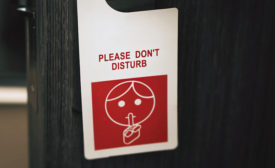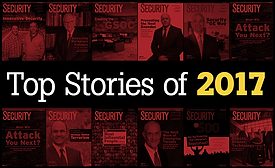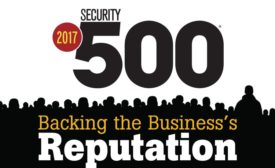Home » workplace violence
Articles Tagged with ''workplace violence''
2017 Security 500: Backing the Business’s Reputation
Welcome to the 2017 Security 500 report with the top 10 trends that Security 500 survey respondents have identified as risks to their enterprise’s reputation and brand.
November 1, 2017
Sign-up to receive top management & result-driven techniques in the industry.
Join over 20,000+ industry leaders who receive our premium content.
SIGN UP TODAY!Copyright ©2024. All Rights Reserved BNP Media.
Design, CMS, Hosting & Web Development :: ePublishing








